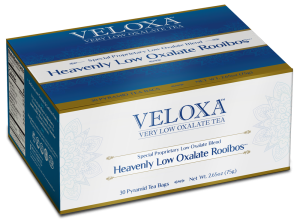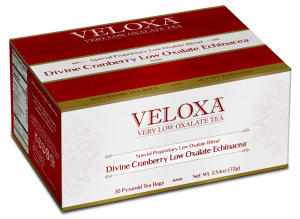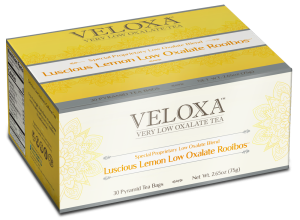Calcium Oxalate Crystals Formation in Excretory system
Calcium oxalate crystals in urine form in the urinary tract (kidneys, ureters, bladder and urethra)
Urinary Tract
The urinary tract is the body’s drainage system for removing urine, which is composed of wastes and extra fluid. In order for normal urination to occur, all body parts in the urinary tract need to work together in the correct order. The kidneys make urine from water and your body’s waste. The urine then travels down the ureters into the bladder, where it is stored. Urine leaves your body through the urethra. Urinary tract health is essential for optimal health.
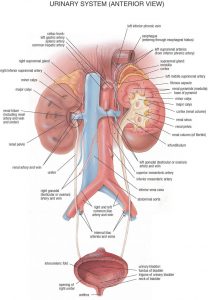
Kidneys
The kidneys are two bean-shaped organs, each about the size of a fist. They are located just below the rib cage, one on each side of the spine behind the liver, stomach, pancreas and intestines. Healthy kidneys clean waste from the blood and remove it in the urine.
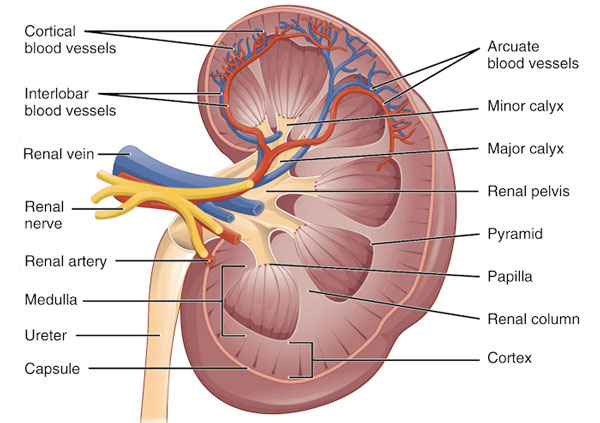
Kidneys control the levels of sodium, potassium and calcium in the blood. Every day, the two kidneys filter about 120 to 150 quarts of blood to produce about 1 to 2 quarts of urine, composed of wastes and extra fluid.
Click the link to see the most common kidney stone pain location.
Ureters
Bladder
Proper bladder health is important to urinary tract function. The bladder is located in the pelvis between the pelvic bones. The bladder is a hollow, muscular, balloon-shaped organ that serves as the storage pouch for urine. The bladder expands as it fills with urine. Although a person does not control kidney function, a person does control when the bladder empties. Bladder emptying is known as urination. The bladder stores urine until the person finds an appropriate time and place to urinate.

The typical human bladder acts as a reservoir and reaches its capacity between 16 to 24 ounces of urine, but the urge to urinate comes when the bladder is about one-quarter full. How often a person needs to urinate will depend on how quickly the kidneys produce the urine that fills the bladder. The muscles of the bladder wall remain relaxed while the bladder fills with urine. As the bladder fills to capacity, signals are sent to the brain informing a person that they will need to urinate sometime soon.
Urethra
During urination, the bladder empties through the urethra, located at the bottom of the bladder. The Urethra is a tube that connects the urinary bladder to the urinary meatus for the removal of fluids from the body. In males, the urethra travels through the penis. The female urethra is quite a bit shorter than its male counterpart and its opening is situated between a woman’s clitoris and vagina.
Urinary tract health (and urethra health) is important because it:
- Prevents the buildup of wastes and extra fluid in the body
- Keeps stable levels of electrolytes, such as potassium and phosphate
- Produces hormones that help regulate blood pressure
- Produces red blood cells
- Helps keep bones strong
Urine Output
The amount of urine a person produces depends on many factors, such as the amounts of liquid and food a person consumes and the amount of fluid lost through sweat and breathing. Certain medications, like diuretics, and medical conditions and also certain types of food can affect the amount of urine produced. Children produce less urine than adults; the amount produced is dependent on age.
Most people urinate between six (6) and eight (8) times a day. But if you’re drinking more often due to physical activity or just trying to consume more fluids to help prevent calcium oxalate crystals from forming, it’s not abnormal to urinate as many as ten (10) to twelve (12) times a day.

